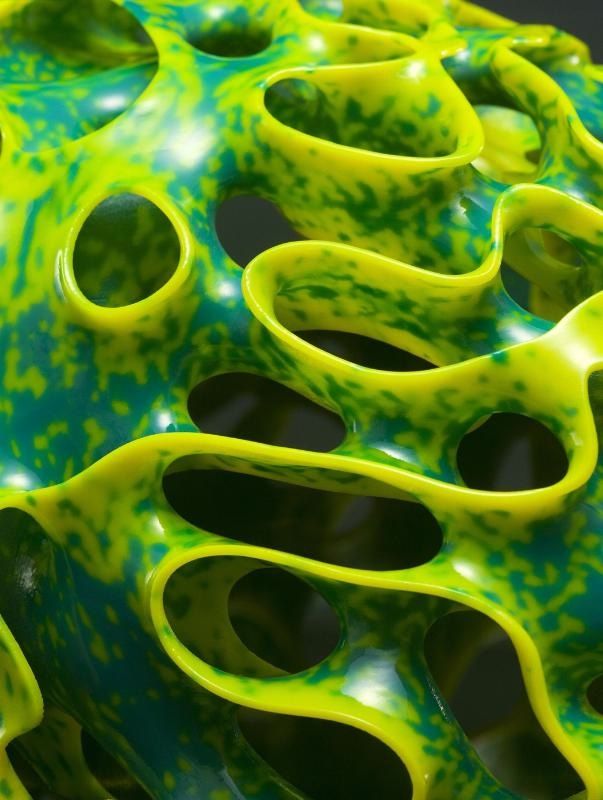3D Printing Exhibition Showcases Unusual Artwork

Artists, in particular, can get a lot of use out of 3D printing, say advocates. The London Science Museum is putting that claim to the test in its new exhibit, "3D: Printing the Future." The display features 3D-printed sculptures that range from realistic statues to fantastical creatures.
The exhibition, which is free as is entrance into the museum, will take place at The London Science Museum between Oct. 9, 2013 and July 10, 2014.
Stratasys, which produces professional 3D printers for the manufacturing sector, put the display together. Although Stratasys customers generally use their 3D printers for industrial prototyping in architecture, aerospace, medicine and other fields that benefit from rapid product iteration. [Photos: World Maker Faire New York 2013]
Independent designers may be more familiar with MakerBot, which produces 3D printers for everyday users. The two companies recently merged, with Stratasys taking the lead in professional products and MakerBot focusing its energies on individual consumers.
The central attraction of "3D: Printing the Future" is a collection of 150 small statuettes, which range from 2 to 8 inches (5 to 20 centimeters) in height. These 3D-printed sculptures represent actual visitors whom the museum 3D-scanned and printed in August in preparation for the exhibit.
All told, the museum will host more than 700 pieces of 3D-printed art, from lifelike figurines to abstract objets d'art. One of the collection's highlights is "Pneuma 2," which is an artistic representation of a human lung from MIT professor Neri Oxman.
"Pneuma 2" shows off intricate shapes, meshing greens and yellows, and precise concave folds. The sculpture came from Oxman's mind by way of the PolyJet printing technique from Stratasys. This allows a designer to combine multiple materials in the same printing job without having to put them together afterward.
Sign up for the Live Science daily newsletter now
Get the world’s most fascinating discoveries delivered straight to your inbox.
Oxman designed 18 of the exhibit's sculptures, and modeled all of them after creatures from "Imaginary Beings," the postmodern bestiary from Spanish magical realist author Jorge Luis Borges. Since "Imaginary Beings" contains 120 mythical creatures, some enterprising 3D-printing enthusiast could finish the collection someday.
While 3D printing generally takes place on plastic filaments, the exhibition will showcase material printed in nylon, titanium and sandstone as well.
3D printing is already a fact of life for industrial engineers and Etsy vendors, but creating actual artwork with additive manufacturing is still a very new discipline. The public will get a chance to judge 3D printing's artistic merits for itself once the exhibit opens next week.
Follow Marshall Honorof @marshallhonorof. Follow us @livescience, Facebook& Google+. Original article on LiveScience.












